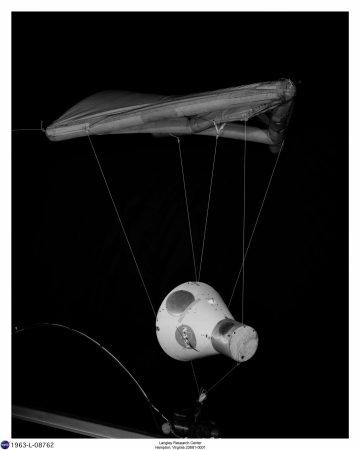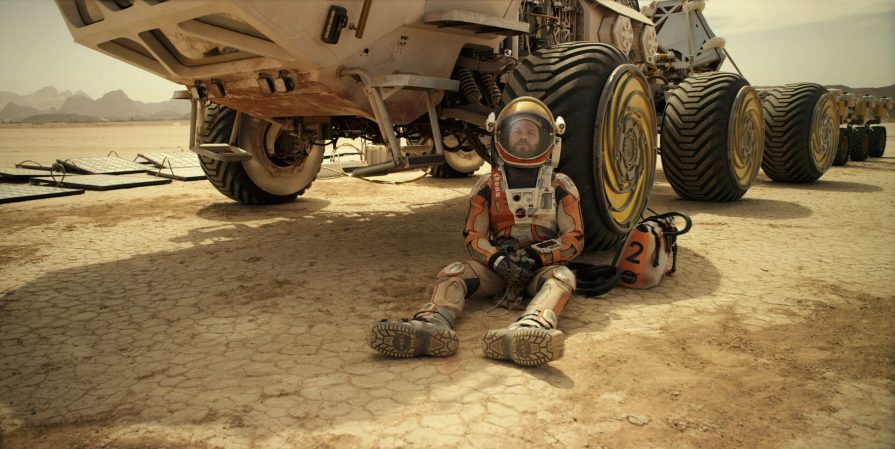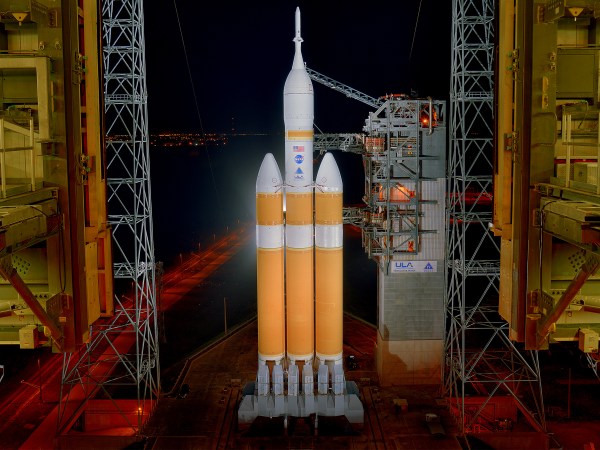

This Orion capsule will launch in 2018 as part of NASA’s “Journey To Mars,” which aims to put humans on the Red Planet around the 2030s (realistically, probably later). Although this particular craft will only go into lunar orbit, and it won’t carry astronauts, it still needs to be airtight so engineers can ensure the first crewed Orion flight in the 2020s will be safe for its human passengers.
To make sure the body is welded together properly, NASA engineers are putting pressure on the capsule. Or more specifically, they’re pumping it full of air to expose any weak points. The capsule is meant to withstand a pressure of about 15 psi, whereas this test pumped it up to almost 19 psi. If you’re confused, please refer to this instructional music video:

Jules Schneider, Orion operations manager at Lockheed Martin, explained to Popular Science why the test is important.
“Apollo was designed to do one very special thing: it was designed to get people to the moon and back,” he says. “Orion is designed to do many things, including missions we don’t even know yet. So our capabilities and tolerance for problems are much more strict than what the Apollo folks were dealing with.”
The green gumdrop in the picture above is Orion’s primary (inner) structure, where astronauts will ride. The secondary structure and outer layers will be put on later, til it looks something like this:

Correction 5/13/2016 at 9:20AM: An earlier version of this article garbled Orion’s flight schedule. Orion’s first crewed mission may launch in 2021, but NASA thinks 2023 is more realistic.







